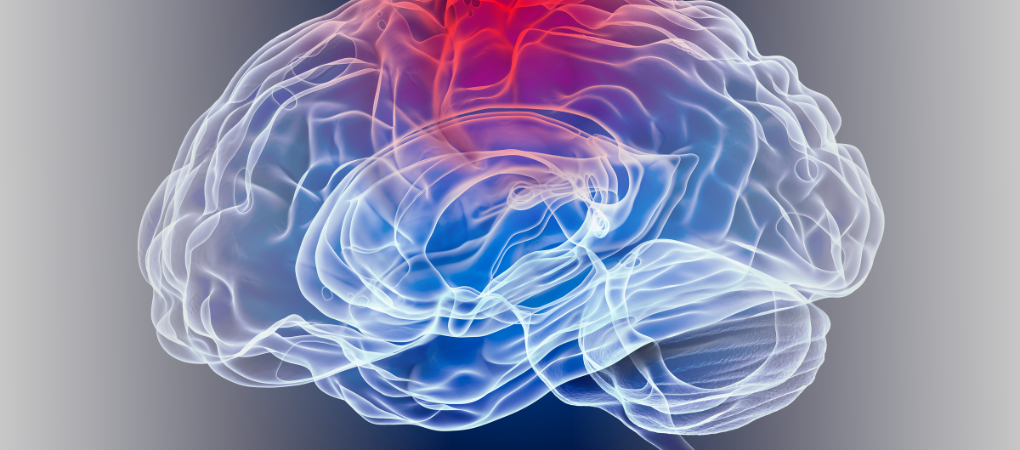Francesca Galiano
|
08/08/2022 - Last update 30/12/2022
Sheldon C Yao, Hallie Zwibel, Nicole Angelo, Adena Leder, Jayme Mancini | Year 2020
Effectiveness of Osteopathic Manipulative Medicine vs Concussion Education in Treating Student Athletes With Acute Concussion Symptoms
Pathology:
Concussion
Type of study:
Randomized controlled trial
Date of publication of the study’:
2020/Aug/07

Purpose of the study
- Objective: to assess the usefulness of either OMT or an educational intervention on symptoms’ quantity and severity on students athletes with concussion.
- Measured outcomes:
- Primary: quantity and severity of concussion symptoms measured according to the fifth edition of the Symptom Concussion Assessment Tool (SCAT-5)
Participants
- Number: 31 people (12 female and 19 male, average age 19.9 years)
- Criteria of inclusion: age 18-50 years, the patients, who had been diagnosed with concussion according to ICD (9th and 10th review), were notified by the clinical trial physician or sports medicine neurologist when they presented to the clinic for an assessment of their concussion symptoms within two weeks since the event that led to the concussion and who wanted make sure that they were not in a potentially fatal condition.
- Criteria of exclusion:presence or history of neurodegenerative conditions, spinal cord injury, inability to complete the assessment questionnaire, absolute contraindications to the OMT (eg, skull fracture, signs of intracranial bleeding, cervical fracture, dissection, or stroke), pregnancy, post-injury loss of consciousness greater than 2 minutes, seizures, intractable vomiting, or paralysis at the time of injury.
- Groups of study: two groups obtained by randomization
- Group 1: OMT, 16 people
- Group 2: educational intervention, 15 people, of which one dropped out due to incomplete data
Interventions and evaluations
- Evaluation before and after (48 to 72 hours) the intervention using SCAT-5 for the quantity and severity of the symptoms
- the symptoms reported were mainly headache, amnesia, visual disturbance, nausea, dizziness, balance disturbance, sleep disturbance, photophobia, phonophobia, fogginess, lethargy and tinnitus
- 1 OMT session or 1 educational intervention
- OMT: structural evaluation, in particular looking for somatic dysfunctions in the cranial, cervical, thoracic, lumbar and sacral regions, followed by the definition of a personalized treatment plan, followed in turn by a 30-minute treatment session
- Main techniques used: ligamentous tension balancing, muscle energy techniques, facilitated positional release, articulatory techniques, high-velocity low-amplitude techniques and counterstrain. At the end of each treatment a compression of the fourth ventricle was applied
- techniques aimed at promoting lymphatic and glymphatic drainage and improve circulation
- Educational intervention: 30 minutes of discussion in which some manuals were presented by the Center for Disease Control and Prevention (CDC) on how to behave in case of concussion, how to recognize the signs of concussion and the relative prognosis
- OMT performed by two physicians specialized in neuromusculoskeletal medicine and OMT, who worked together to standardize the implementation of the osteopathic techniques
Results
Primary outcomes: compared to the educational intervention, the OMT has favored a statistically significant reduction in the number of concussion symptoms (-3.93 ± 3.92 compared to -0.64 ± 0.97), as well as their severity (-17.33 ± 17.38 compared to -3.64 ± 5.89).
Discussion
OMT proved to be a safe and effective kind of treatment in the event of a concussion.
Most likely, behind these effects are its ability to promote lymphatic drainage – now considered of primary importance in the event of alterations in the functioning of the brain due to the discovery of the glymphatic system and the cerebral lymphatic system – and restoring musculoskeletal and fascial mobility, probably reduced by the event that led to the concussion.
In fact, people with concussion, or manifesting similar symptoms, often have pain or restriction at the cervical level, as well as an accumulation of inflammatory substances or free radicals that can induce oxidative stress. Through its variety of techniques, OMT can easily act on both of these alterations, as well as on other mechanisms (e.g. balancing of the autonomic nervous system, sleep) important for managing concussion.
Furthermore, the possibility of applying a personalized treatment makes OMT an important tool as, in case of concussion, the variety of potentially involved cranial and cervical structures makes a universal treatment unsuitable.
Authors hope for more extensive and long-term studies to assess the effectiveness of OMT, also in more serious situations.
The review of Osteopedia
By Marco Chiera
Strengths: first study on the effectiveness of the OMT in case of concussion; excellent organization and description of the interventions used; use of a questionnaire validated and often used to exclude the presence of concussion.
Limits: the data of the participants have not been adequately reported; the educational intervention, not being a manual therapy, is not perfectly comparable to the OMT; the sample is too small to allow a generalization of results and the evaluation is very short-term (2-3 days after treatment).

Are you an osteopath?
Register and enjoy the membership benefits. Create your public profile and publish your studies. It's free!
Register now
School or training institution?
Register and enjoy the membership benefits. Create your public profile and publish your studies. It's free!
Register now
Do you want to become an osteopath? Are you a student?
Register and enjoy the membership benefits. Create your public profile and publish your studies. It's free!
Register now







